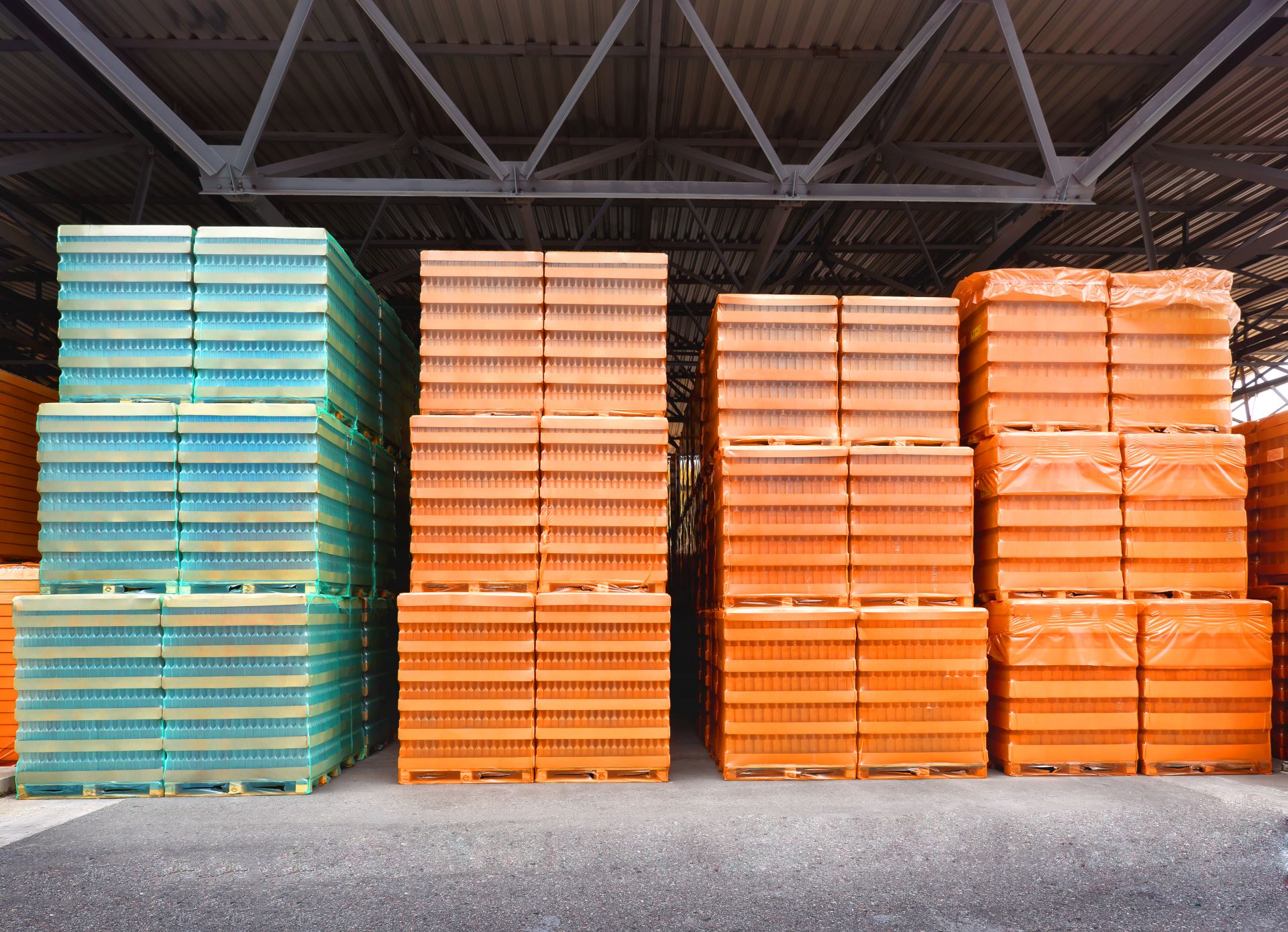Warehousing Services Australia a critical role in the economic health of any country, acting as the crucial link that connects producers with consumers
In Australia, the warehousing sector has grown exponentially over the years, influenced by the rapid expansion of international trade, e-commerce, and evolving consumer expectations. Freightnet Vic is part of this growth and continues t strive in provide a range of new Warehouses Services Australia options as well.
Warehousing Services Australia
As a cornerstone of Australia’s supply chain, warehousing services provide safe storage, efficient inventory management, and smooth distribution processes for goods across a multitude of sectors, from agriculture and retail, to manufacturing and e-commerce.
Given Australia’s geographical location, warehousing also acts as a vital component in the global logistics chain, helping Australian businesses extend their reach to international markets.
FreightNet VIC (www.freightnetvic.com.au) is an example of a leading provider of Warehousing Services Australia.
By offering a comprehensive suite of solutions tailored to the needs of various industries, FreightNet VIC has established itself as a trusted name in the field.
Scope Of Warehousing Services Australia
Australia’s warehousing services sector is broad, offering a variety of functions to cater to the diverse needs of businesses across numerous industries.
These services facilitate the effective movement and storage of goods from manufacturers to consumers, while ensuring the integrity and security of products.
Below, we explore the primary types of Warehousing Services Australia:
Bulk Storage
This service is critical for industries that deal with large quantities of homogeneous goods. These goods can range from agricultural products like grain and cotton, to minerals, and even liquids like oil and gas.
Warehousing Services Australia for bulk storage are generally large facilities with specialized equipment for handling these goods.
Cold Storage
Cold storage services cater to products that require specific temperature-controlled environments, primarily food and pharmaceutical industries.
These warehouses have sophisticated cooling systems to maintain optimal temperature and humidity levels to prevent spoilage and degradation of goods.
Cross-docking
Warehousing Services Australia involves the receiving of goods and immediately preparing them for outbound shipping with minimal to no storage in between.
This approach reduces storage costs and time, making it popular among businesses looking for rapid transportation of goods.
Inventory Management
Warehousing Services Australia often provide systems for efficient tracking and management of stock. This includes maintaining accurate inventory records, forecasting demand, and optimizing stock levels to prevent overstocking or stockouts.
Order Fulfillment
This includes a range of activities from picking and packing to shipping goods. Warehouses often handle order fulfillment for online retailers, ensuring that customers receive their orders accurately and promptly.
Different industries rely on Warehousing Services Australia. Key sectors include:
Agriculture
Given Australia’s strong agricultural sector, warehousing services play a crucial role in storing and distributing a wide range of products, from grains to livestock products.
Retail
With the growing retail industry, particularly in urban areas, warehousing services ensure the smooth functioning of supply chains, helping retailers maintain optimal inventory levels and manage peak demand periods effectively.
Manufacturing
Warehousing Services Australia provides manufacturers with storage for raw materials, components, and finished products, while also offering solutions for efficient inventory management and distribution.
E-commerce
The rise of online shopping has led to an increased demand for warehousing services that can handle the complexities of e-commerce operations, such as fast and efficient order fulfillment and returns management.
Pharmaceuticals
Given the sensitive nature of pharmaceutical products, specialized warehousing services provide secure, temperature-controlled storage and efficient distribution solutions for this sector.
Overall, the scope of warehousing services in Australia is vast, underpinning a wide range of industries and catering to their specific needs.
As the economy continues to evolve, so too will the warehousing service sector, adapting to changing demands and advancing technology.
Future of Warehousing Services Australia
As Australia’s economy continues to evolve and adapt to changing global trends, the warehousing services sector is poised for significant transformation.
Here are some anticipated trends and developments that could shape the future of Warehousing Services Australia:
Greater Automation
Technological advancements will continue to drive changes in warehousing operations. Automation and robotics have already begun to streamline processes such as picking and packing, reducing human error and enhancing efficiency.
We can expect more automated warehouses in the future, featuring advanced systems for inventory management, order processing, and logistics.
Adoption of AI & Machine Learning
Artificial intelligence and machine learning can provide valuable insights for warehouse operations, from predicting inventory needs to optimizing operational workflows.
As these technologies become more sophisticated and accessible, their application within warehousing services is likely to increase.
Smart Warehousing
The use of IoT (Internet of Things) devices in warehouses can lead to ‘smart’ warehouses that track real-time data on inventory, equipment status, and environmental conditions. This real-time monitoring can enhance efficiency, safety, and decision-making processes.
Sustainable Practices
As environmental consciousness increases among consumers and businesses, there will be a stronger push towards eco-friendly warehousing.
This could involve the adoption of green technologies, waste reduction measures, and energy-efficient practices.
Rise Of Micro-Fulfillment Centers
With the growth of e-commerce and the demand for faster delivery times, we may see an increase in micro-fulfillment centers, smaller, strategically located warehouses that enable rapid order fulfillment in urban areas.
Investment In Infrastructure
As warehousing demands increase, there will likely be significant investments in infrastructure to enhance storage capacities and improve logistics. This could include the construction of new warehouses and the modernization of existing facilities.
Advanced Training & Skills Development
With the integration of advanced technologies, there will be a need for workers with specialized skills. Investment in training and skills development will be key to managing this transition and ensuring a capable workforce.
Resilience Planning
In light of the disruptions caused by events like the COVID-19 pandemic, warehousing providers are likely to place greater emphasis on resilience planning.
This could involve diversifying supply chains, increasing flexibility, and enhancing capacity to handle future disruptions.
Overall, the future of Warehousing Services Australia will be marked by technological advancement, increased efficiency, sustainability, and resilience. While these changes present exciting opportunities, they also pose challenges that will require strategic planning and investment.
It is clear, however, that warehousing will continue to be an essential component of Australia’s economic infrastructure.
Conclusion
The warehousing services sector in Australia plays a pivotal role in supporting a wide range of industries, ensuring a smooth and efficient supply chain from producers to consumers.
FreightNet VIC are key contributors in this dynamic industry, helping to streamline processes, manage inventory, and facilitate the swift distribution of goods across the nation.

